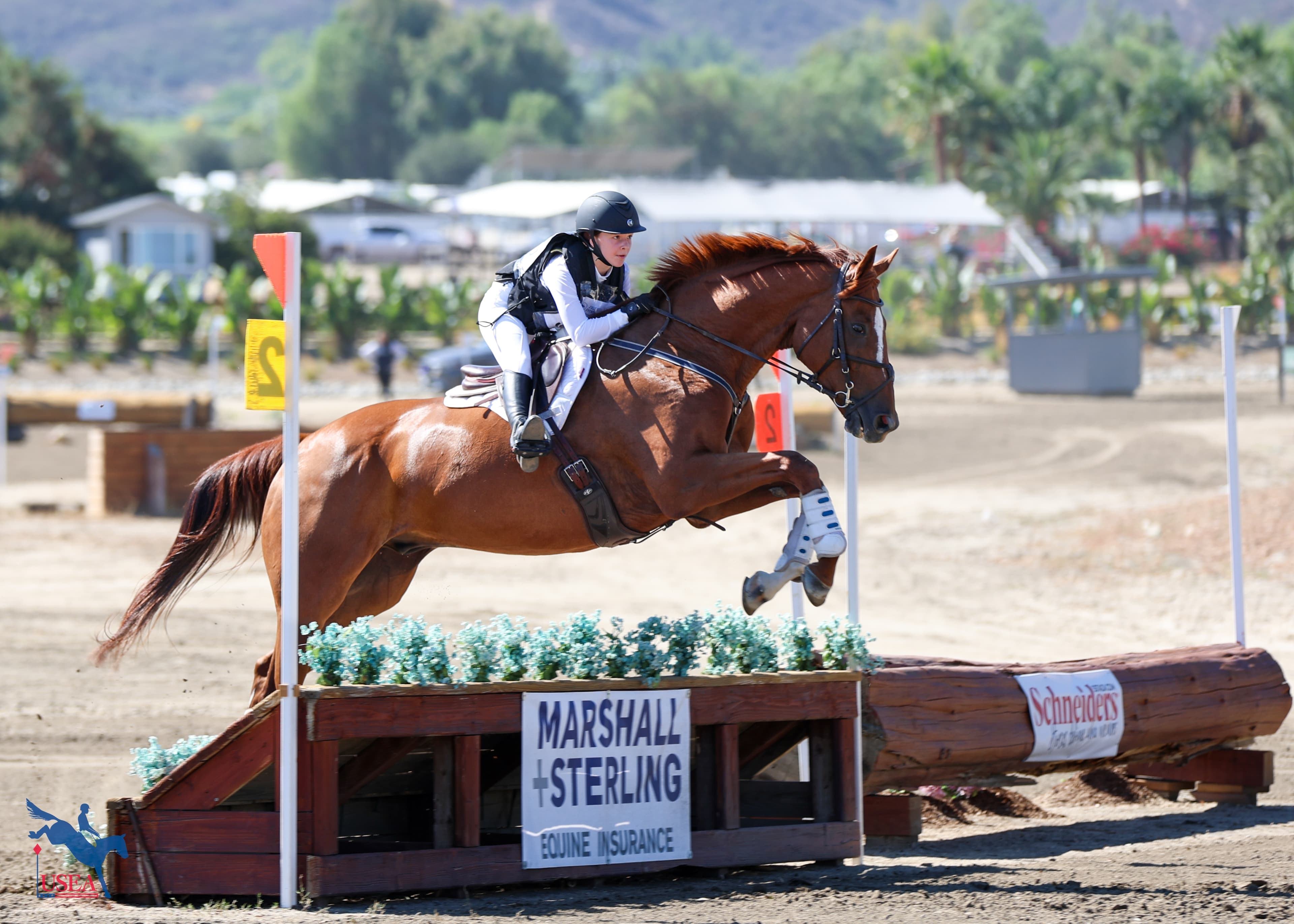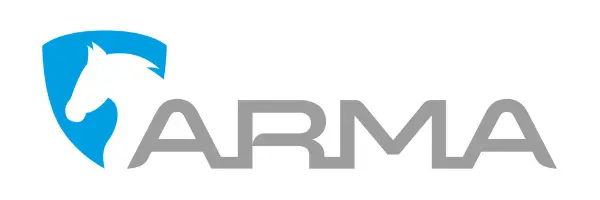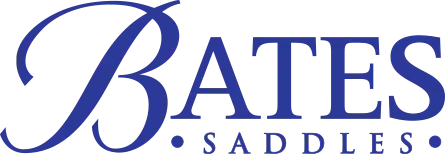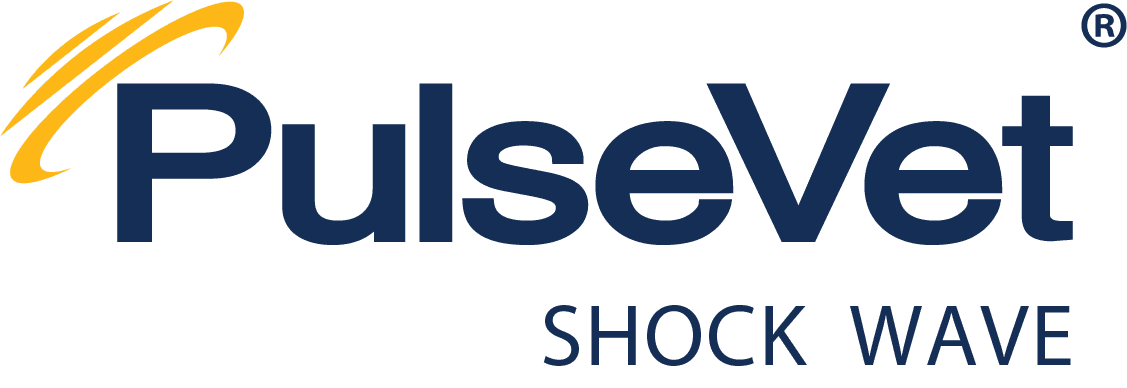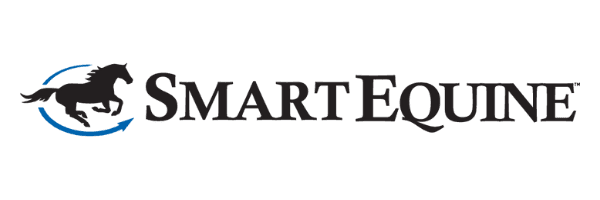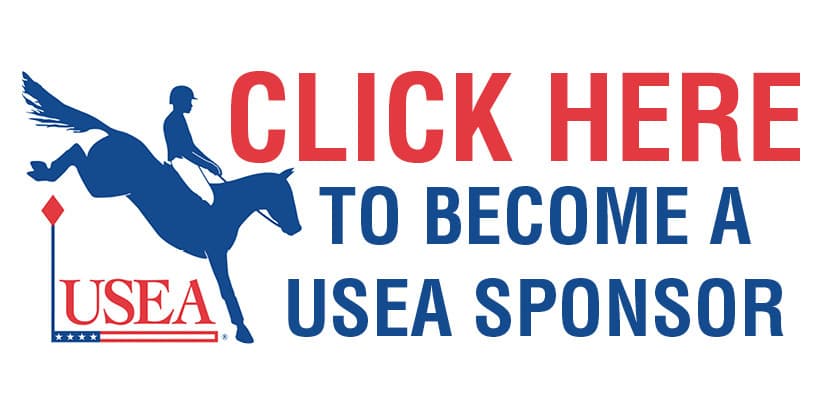The Power of Organization: Why It Matters for Every Barn

Managing a competition or training stable comes with a long list of responsibilities—tracking horse health records, scheduling lessons and farrier visits, billing clients, and ensuring day-to-day operations run smoothly. In the chaos of a busy season or a show week, it’s easy for things to slip through the cracks. But staying organized isn’t just about convenience—it directly impacts the well-being of horses, the safety of your team, and the financial sustainability of your business.
Why Does Organization Matter?
Organization is a form of risk management. According to a 2021 survey conducted by American Horse Publications, over 40% of barn owners cited lack of time and administrative overload as a primary source of stress. And with good reason: poor organization can lead to serious consequences.
Financial impact:
- Time = Money: Trainers and barn managers spend an estimated 5–10 hours per week on administrative tasks. That adds up to over 500 hours annually—more than 12 full workweeks spent on paperwork alone.
- Revenue Loss: Up to 25% of a barn’s income may be lost each year due to unbilled lessons, missed training rides, and forgotten charges.
- Cash Flow Problems: Delayed invoicing often leads to delayed payments. For barns operating with tight margins, this can mean late payments to vendors or payroll stress, especially during the high-demand show season.
Health and Safety:
- Inconsistent record keeping increases the risk of missing critical health appointments like deworming, vaccinations, or farrier visits. Studies show that even short lapses in preventive care can significantly increase the risk of illness or lameness, resulting in expensive treatments and lost training time.
- Quick access to accurate records can mean the difference between timely treatment and an escalating emergency. From a liability standpoint, comprehensive documentation of feed, exercise, and care protocols can also protect trainers in the event of disputes or insurance claims.
Client Satisfaction:
- Clear and consistent communication builds trust and professionalism. Riders and owners who receive timely, transparent invoices and updates about their horses are more likely to feel satisfied with your program and continue long-term relationships.
- Missed communication or unclear expectations can damage your reputation and client retention. Organization is not just about what you do—it's about how you present your business.
Cognitive and Mental Health Benefits of Organization
Science backs up what many trainers feel intuitively: disorganization leads to stress. Studies have shown that individuals who described their environments as "cluttered" or "chaotic" had higher levels of cortisol, a hormone linked to stress. Conversely, a well-ordered environment supports better focus, decision-making, and emotional regulation.
In a high-stakes, physically demanding profession like equestrian sports, reducing mental clutter is key. Organization helps trainers and barn managers conserve decision-making energy for what truly matters—like coaching a nervous student through their first jumper round or recognizing a subtle change in a horse’s behavior that could signal an emerging health issue.
Technology as a Resource, Not a Burden
Technology in the barn doesn't have to be complicated or overwhelming—in fact, when used well, it becomes one of your most valuable tools. Today’s mobile apps and software platforms are designed to be intuitive and user-friendly, even for those who prefer the barn aisle to a laptop. Using your phone instead of paper and pen can save you hours each week—whether it’s accessing health records, updating lesson schedules, tracking expenses for clients, or sending invoices on the go. What once required binders (or worse, loose paper on the dashboard of your truck) and endless texts can now be done in a few taps. The right tech can streamline your workflow, reduce mental clutter, and give you back more time to focus on what really matters: your horses, your clients, and yourself.
The Role of Systems and Habits
Consistency is the foundation of excellence. Building routines around barn management—whether digital or analog—creates stability. Something as simple as a daily task checklist or weekly invoicing reminder can prevent critical errors and create peace of mind.
Barn owners must have a reliable process for scheduling, billing, communication, and horse care. A systemized barn is a sustainable barn.
One Possible Solution: StableSecretary
For barns seeking a digital solution, StableSecretary offers an all-in-one equine management platform designed by horse people for horse people. It helps track medical records, schedule appointments, streamline expense tracking and customer invoicing, and keep everything in one accessible place—online or via mobile app. Many trainers report significant time savings, healthier horses through proactive care, happier customers with simplified invoicing, and faster payments thanks to more consistent invoicing. To learn more, visit StableSecretary.com.
Conclusion
Organization isn’t a luxury in the equestrian world—it’s a necessity. From safeguarding horse health to stabilizing barn finances and reducing stress, structured management makes a measurable difference. Whether you build your systems on paper, through spreadsheets, or with the help of digital tools, the investment pays off in stronger horses, smoother operations, and a more balanced professional life.


